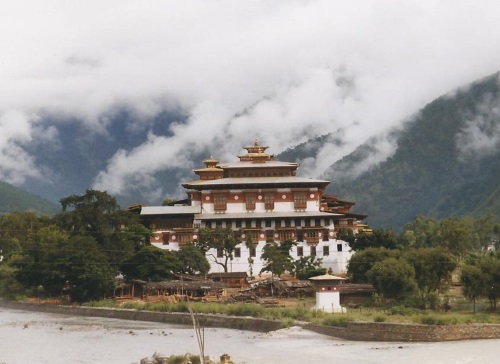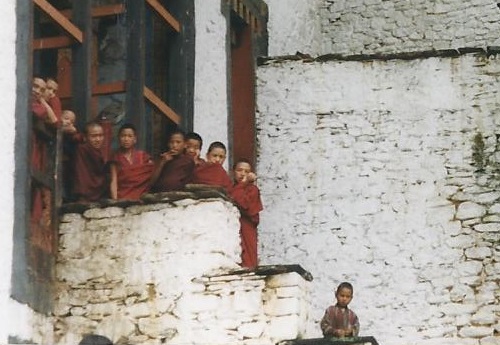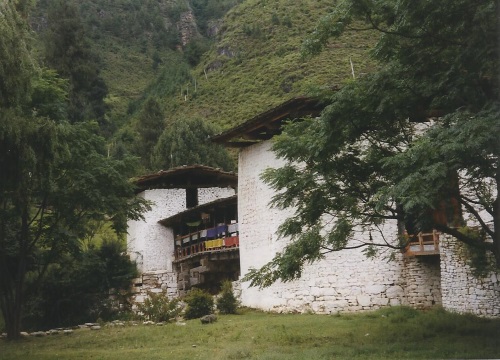The Dzongs of Bhutan are on our Top 50 Missing List, and also on Bhutan's Tentative list under the cumbersome name "
Dzongs: the centre of temporal and religious authorities (Punakha Dzong, Wangdue Phodrang Dzong, Paro Dzong, Trongsa Dzong and Dagana Dzong)". Maybe an
Epic Subtitle like "The Birth of unified Bhutan" or the Mongolian-style "Great Sacred Dzongs of Bhutan" could help the Bhutanese on their way. The country has no WHS till date. This cluster of five dzongs is the
most likely candidate for inscription.
 |
| Majestic Punakha Dzong |
These 5 fortified religious and administrative complexes are lumped together as they played a significant role in the unification of the country "by the charismatic leader
Zhabdrung Ngawang Namgyel". The dzongs were built between 1637 and 1651 to defend Bhutan against Tibetan raids. Their wooden architecture makes them vulnerable to fires, and earthquakes and flash floods too have lead to many reconstruction activities.
I visited the country in 1998, as part of a 3 week tour around Sikkim & Bhutan focusing on Tibetan Buddhism. The trip wasn't as great as I had thought it would be. Unfortunately we had rain almost every day. Also, Bhutan is no carefree paradise. Would you let your President / King / Queen prescribe what you wear everyday? Let him decide if you can have a TV or mobile phone? And let's not forget the
human right violations against the ethnic Nepalese . I always get a bit annoyed when I read the common uncritical use of the so-called Bhutanese "Happiness" in stories about the country.
 |
| Young monks all over the place |
The Dzongs are the most memorable constructions you will encounter travelling around Bhutan. Only fully organized group travel is possible (for 200-250 US dollar a day), both in 1998 and now. In the process of writing this blog post, I have been comparing my untitled photos of that trip to web images of the five dzongs. That way, and with a little help from my diary notes, I have been able to reconstruct which ones I have visited:
- Punakha dzong has an especially fine location at the confluence of two rivers. The building was in good condition when I visited. There were renovations going on inside, which gave us good looks at the elaborate woodwork. You'll encounter a lot of traditional handicraft and painting when visiting dzongs and monasteries in Bhutan. Punakha Dzong used to be the seat of the Government of Bhutan until 1955. It still is the winter capital of the head of the clergy of Bhutan.
- Paro dzong lies close to Bhutan's international airport, so probably every visitor to the country gets a glimpse of it. It has a particular great wooden cantilever bridge (see my photo below).
- In Wangdue Phodrang we seem not to have visited the local dzong. Or I did not take any photos of it, I must have been too distracted by the paintings of huge penises on the local houses. In 2012, Wangdue Phodrang Dzong burned to the ground. The dzong's reconstruction is underway.
- Trongsa dzong also doesn't feature in my pictures, but we surely must have passed it. It's the largest dzong of Bhutan. It contains a notable printing house, responsible for the printing of many religious texts in Bhutan.
- Only Dagana Dzong is a bit off the beaten track, and I surely missed out on that one: it lies in the southern Dagana district, and still serves as the region's administrative center and seat of the clergy.
 |
| Covered bridge to Paro Dzong |
"Every country its WHS" is the WHC mission nowadays, and Bhutan in the end surely will get one too. I have not found any reports on when they will submit a nomination. Maybe they will wait until 2018 when Wangdue Phodrang Dzong has been restored.


